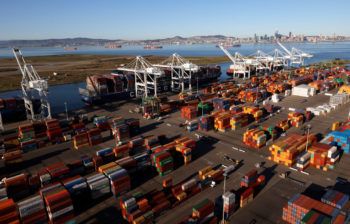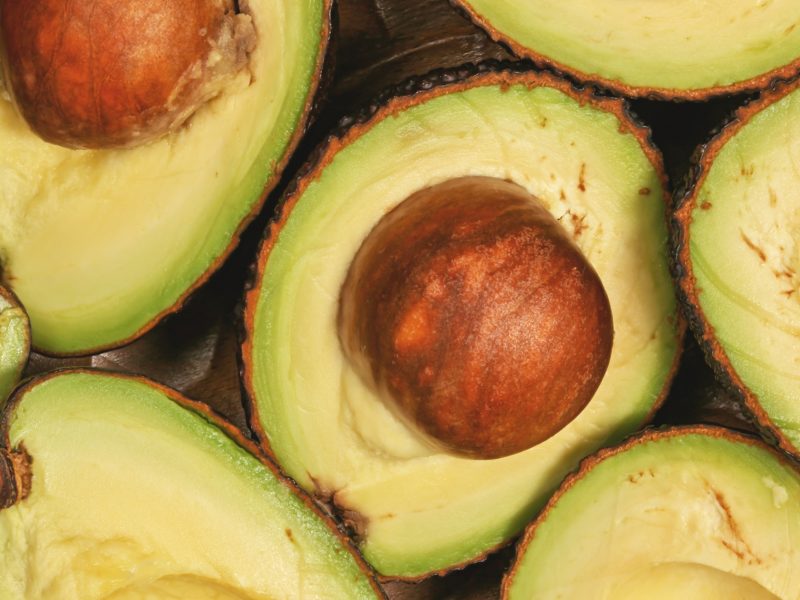Prices Are Rising, Supplies Are Low, Workers Hard To Find

From chlorine for swimming pools to lumber for houses and chicken wings for parties, many Americans are finding that items that used to be easy to find are not so easy anymore – and if you can find them, they cost more.
Prices are up, inventory is down and customers are left holding the bag, if they can find one – some paper products and even diapers are also in short supply.
A combination of factors – from severe weather to COVID-19 to lack of labor – has led to a shortage of many items, and the situation may not improve any time soon, according to several Texas A&M University experts.
Wood appears to top the growing list of hard-to-get items. A common measurement in the construction business called “board feet” applies to how much lumber costs when building a home.
Just a few months ago, 1,000 board feet of wood was around $350, but today it is over $1,300.
“I can easily see it go to over $2,000,” said Randy Birdwell, a professor in Texas A&M’s Department of Construction Science and Center for Housing and Urban Development. “When COVID hit, people stayed home more and started home improving projects and remodeling their houses. So there was huge demand for supplies, especially lumber, and the lumber mills were extremely slow to respond to the demand. The result has been what you would expect – sky high prices, so much so that now a new home now costs about $36,000 more than a year ago because of the demand for lumber.
“Also,” he said, “you have to realize that about 30 percent of the lumber we get comes from other countries. The supply chain has just not met the huge demand, and I don’t think things will get any better for the rest of this year.”
The Super Bowl has come and gone, but the demand for the favorite food item surrounding the game – chicken wings – has remained goal-post high.
Severe winter weather in Texas and other factors meant a shortage of chicken not only in the state, but many parts of the country, and prices are almost $1 dollar a pound higher than a year ago.
David Anderson, a Texas A&M AgriLife Extension economist, said there was already a poultry production decline last year and it has not eased much.
“There is a lot of chicken being produced, but we are seeing restaurants that aren’t getting as much supply as they want to get,” he said. “There is plenty of chicken, but when you have all these chains making chicken biscuits and chicken sandwiches, which are a hot product right now, and they’re all made of chicken breasts, there is only so much of those specific cuts to go around.
“Low prices and lower production were a reaction to last year, and now demand is high because there is a feeling that we’re returning to normal,” Anderson said. “The thing is that chickens just have two legs, two breasts, two thighs and two wings. It just takes time to produce more chicken.”
Another big problem: no computer chips.
The tiny chips are huge when it comes to operating computers, high-tech games, smart phones, cars, toys and dozens of other items. There is a global shortage of the semiconductors, from Europe to Asia and the United States.
Additionally, there is a shortage of chlorine used in swimming pools because of production problems and temporary closures of plants in Texas and Louisiana that make the chemical.
And to bring home the bacon, have your checkbook ready – prices for bacon and hot dogs have gone up thanks to COVID outbreaks in more than 160 meat processing plants across the country, with at least 40 of them forced to close at least temporarily in the past year.
To make matters worse, many segments of the economy, such as restaurants, home building and trucking companies, can’t find enough workers to fill jobs as the economy re-opens.
Birdwell knows that first hand.
“I’m looking for ranch hands at my place, and if I can find any, the going rate nowadays is about 20 bucks an hour,” he said. “COVID and its after-affects have changed a lot of things.”
Media contacts:
- Richard Birdwell, 979-458-8141, rpbirdwell@tamu.edu
- Laura Muntean, Texas A&M AgriLife Communications, 979-803-1287, muntean@ag.tamu.edu





